Today the trend of urban gardening has swept the cities. You can see containers with basil and beans growing in every possible corner of high-rise buildings: roofs, balconies, stair halls, etc. and if you got curious about throwing your vegetable garden at home, then we prepared you the essential tips to help you with its organization.
Containers selection for apartment vegetable garden
The rule of thumb is to select the largest containers possible. Smaller ones dry out too fast and so require a lot of maintenance. Another important issue is the depth of your containers; while greenery (like basil or parsley) has short roots, carrots and beetroots will require much deeper containers. Here are five best options of containers for your apartment vegetable garden.
- Vertical: vertical containers save lots of space and can even improve a home design. However, they will work only for small root vegetables.
- Square: these containers are perfect for small plants that don’t require much space. This option is great if you live on the ground floor and instead of a balcony has a tiny backyard.
- Traditional containers: traditional containers system is used in usual vegetable gardens and is called bedding system. You simply need wooden boxes filled with soil to grow your vegetables.
- Inside containers: This option is for you if no outside space is available in your living space. Inside containers frequently come in sets supplied with artificial ultraviolet lamps; yet you can choose any shelves you like or need.
- Windowsill boxes: these are the most common vegetable garden containers for apartment inhabitants, but people mostly grow flowers in them. Windowsill boxes are perfect for small root vegetables and greens.
Where to put your vegetable garden?
There are three main things you need to consider when choosing the place for your vegetable garden, namely physical space, light, and growing zone.
- Physical space: you can jump over your head to work with the space you have. Professional gardeners warn that most vegetables require no less than 3 hours of sunlight daily, so ensure that your space is appropriate in this respect. Should you have no such place in the apartment, ensure to add casters to your containers in order to move them around.
- Light: as it has already been mentioned, light is one of the essential elements of a successful vegetable garden. In case you don’t have the luck of much sunlight in your apartment or condo, then go for vegetables that don’t require much direct light and treatment, for instance, carrots, spinach, or chard.
- Growing zone: this point reflects the necessity to know what vegetables grow in your region. Check on the web what kinds will grow better and faster in your vegetable garden. Yet, remember, that if you’re organizing an inside garden, then you can play with micro-climates to grow anything you like!
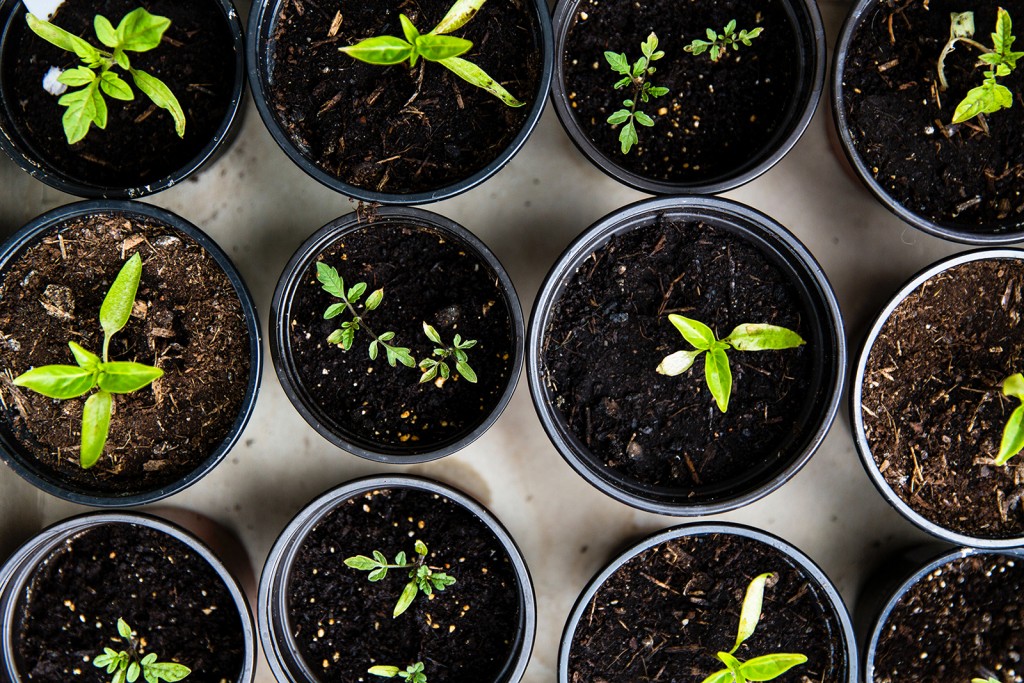
How to care for your vegetable garden?
- Soil: many gardeners-beginners make a mistake of filling their containers with actual soil from the yard. The trick is that you should go for “soilless” blend because it will retain moisture and can resist compaction.
- Water: water should come in two ways, namely as a fluid inside of the containers and as a spray onto the vegetables. The latter should always depend on you, and even more on hot days. But make sure that you don’t spray your vegetable garden when the sun is high because you will literally burn your plants. The former way can be done manually (if you are completely sure that you won’t miss the right watering time), or automatically (with the help of self-watering planters; in this case, you only need to add water to the reservoir and the plants will absorb as much moisture as they need).
- Fertilizer: fertilization is essential for a successful vegetable garden. As you are not likely to create a natural fertilizer on your own, just buy some mixture in a store and use it no more than once a week/two weeks. And professional gardeners advise using fertilizers only in the late spring, summer, and early fall when the vegetables go through the most active growing period.
Plant combinations for your vegetable garden
As we’re talking about the organization of a vegetable garden in a tight space, then a combination of various vegetables in the same containers is almost unavoidable. This means that you need to understand the basics of plant combinations. The general rule is to match plants that have the same need for water and sun. This will maximize helpful companionship in your vegetable garden. Here is a list of the best combinations you can have:
Good companions:
- Beans, carrots, squash
- Eggplant, beans
- Lettuce, herbs
- Spinach, chard, onions
- Tomatoes, basil, onions
Bad combinations:
- Beans with onions and garlic
- Carrots with dill or fennel
- Onions with beans and peas
- Tomatoes or squash with potatoes
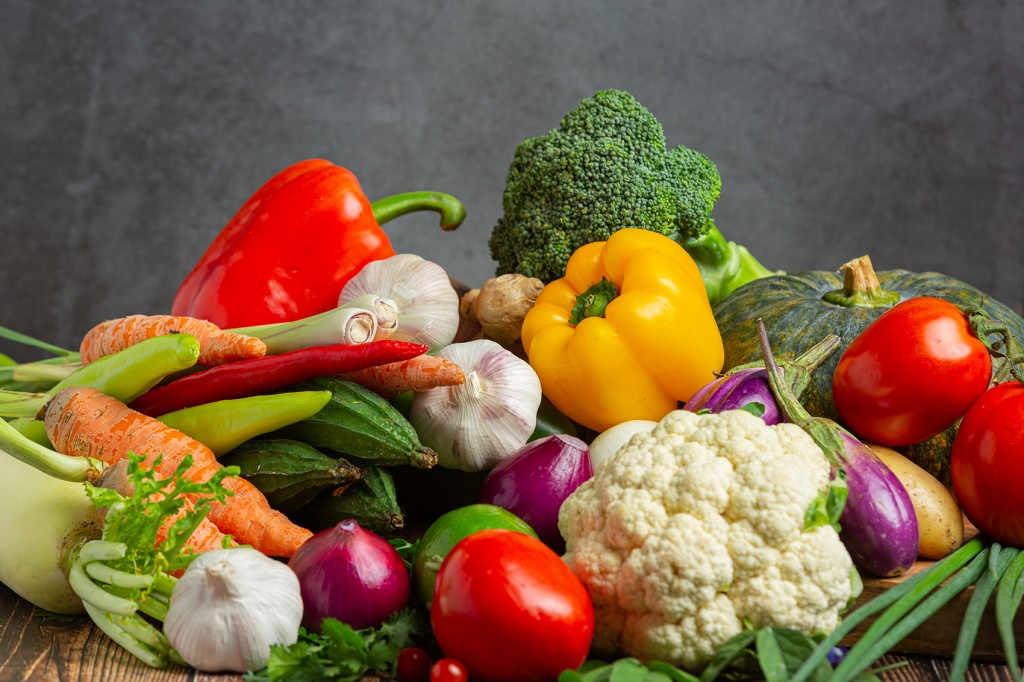
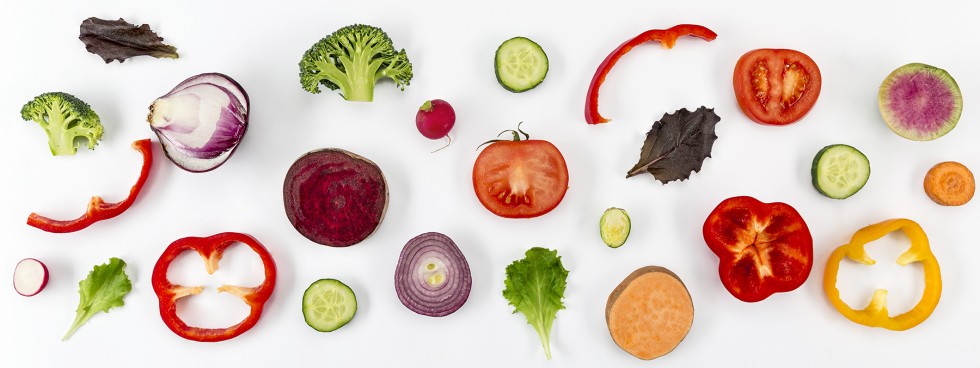

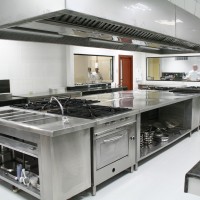
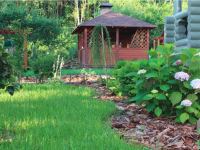
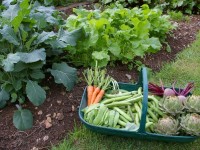

Oh my God! I’ve been looking for this info forever! Give me some time, and I’ll have a real garden in my apartment. This is so cool, so nice! You guys rock!